The career enjoyed by Oscar De La Hoya is the stuff of dreams for just about any other boxer.
Yet through the hundreds of millions earned, the Olympic Gold medal and ten major titles won in six weight divisions in a Hall of Fame career, there still remains little joy he chooses to take with him upon reflection.
“I’m just happy I’m alive,” De La Hoya confessed to BoxingScene.com.
It was the reason that the 50-year-old former champ-turned-promoter chose to detail every grim moment of his life in a two-part, tell-all documentary ‘The Golden Boy’, which premiered Monday on HBO and its MAX® streaming service.
“Man, I’m not sure I can recall a fond moment whatsoever,” De La Hoya confessed to BoxingScene.com. “It’s all pretty dark. It was pretty emotionally draining for me to talk about it and relive those moments.
“I think every moment in there was very painful that we spoke about. But it was very important to me, to let the world know exactly what I was feeling in those moments. When I won the Gold medal and returned home to live the lie I was telling the world. Reliving my first career loss to Felix Trinidad. Even today, it’s a struggle and a work in progress. It’s not easy.”
The heart of the 155-minute, two-part series chronicles the façade of dedicating every moment in the ring to his departed mother, Cecilia. Media outlets around the world—and especially in his East Los Angeles hometown—immediately fell in love with a 19-year-old De La Hoya’s mission to honor her dying wish for her youngest son to win an Olympic Gold medal.
De La Hoya did just that in the 1992 Barcelona Olympics, including a finals win over Germany’s Marco Rudolph to avenge a loss from the quarterfinal round of the 1991 World Amateur Championships in Sydney.
Of course, the Gold medal haul was among the many high points in De La Hoya’s boxing journey. In the ring as a pro, he served for years as the face of a sport that for decades was driven by the status of the heavyweight division. The marketing and promotional muscle behind the ‘East Los’ native—first Top Rank and later Richard Schaefer, with whom De La Hoya would form Golden Boy Promotions—saw his events generate tens of millions in revenue at a time, and even a few which surpassed the $100,000,000 mark.
Still, it all came at an emotional price—a path of self-destruction he always saw coming.
“The pressure I had since I was a kid, all this built-up anger, I knew it would come back to haunt me,” admitted De La Hoya. “I was my own worst enemy, just f—— ready to implode.”
De La Hoya drank and philandered his way out of two high profile relationships and landed in multiple scandals throughout his sixteen-year pro career. To this day, he still manages to make the headlines for the wrong reasons.
From the early sequences in Part 1 of ‘The Golden Boy’, De La Hoya admits to the struggle of living up to the expectations placed upon him by his father, Joel Sr. More startling is the confession that the loving mother he always portrayed to the media spent years abusing him as a child. De La Hoya insists he was the only one of the three children to suffer her physical wrath, though he chose to suppress that pain.
Worse, he found a way to live out a lie that made the media rounds in Barcelona and back to East L.A., where he arrived home to a hero’s welcome and forever became larger than life. It led to a self-destructive adult life that even to this day comes with its daily battles.
“It was a very hectic life, to say the least,” stated De La Hoya. “It’s scary to expose yourself and really tell the truth—or try and tell the truth. Honestly, it’s why almost nobody in my position ever does it.
“But I felt like it was about time. The time was perfect. I wasn’t ready five years ago. I wasn’t ready ten years ago, fifteen years ago. I’m ready now, though. It took three years to make. It was very therapeutic.
Fittingly, the series airs on HBO, which housed the overwhelming majority of his career. De La Hoya headlined seventeen Pay-Per-View events on the platform, selling more than 14,000,000 units which grossed more than $700,000,000 in domestic revenue.
His first PPV main event saw De La Hoya unify the IBF and WBO lightweight titles in a second-round knockout of Rafael Ruelas in May 1995. He’d already won a WBO belt in the 130-pound junior lightweight, and would go on to claim championships at 140, 147 and 140 along with the WBO title at 160 while facing a who’s who of the best talent at all of those weights.
De La Hoya eventually retired shortly after his December 2008 defeat to Manny Pacquiao, ending his career with a 39-6 mark with 30 knockouts. He was a first ballot electee into the International Boxing Hall of Fame, gaining enshrinement in 2014.
Those were the good times—and memories he really doesn’t wish to cherish.
By the time he announced his retirement in April 2009, De La Hoya was the subject of multiple allegations. He was accused of rape in 1998 by a woman who alleged the incident took place two years prior in Mexico, when she was just 15 at the time. De La Hoya eventually settled out of court but denies the claim to this day, though not the playboy lifestyle he enjoyed far too often.
A lot of it was fueled by alcohol and substance abuse—which he traces back to having his first drink at age seven.
The height of his cocaine addiction came in 2007, a few months after a 12-round defeat to Floyd Mayweather Jr. in what was the sport’s highest-grossing boxing event at that time. Leaked photos revealed De La Hoya dressed in drag while partying with Russian model Milana Dravnel and at least two other women in New York City. De La Hoya admittedly didn’t recall even that part of it, at least until the photos made the rounds. He confessed to paying off a forensics expert to dispute the authenticity of the images before later coming clean and also settling a separate lawsuit out of court with Dravnel.
Also outlined in the documentary was how he ruined his relationships with Shanna Moaker and Millie Corretjer. For all the millions that he earned in the ring and through sponsorships and businesses, there was always something to pull him back. Not even separate stints in rehabilitation facilities helped cure his issues or his demons.
It took decades to discover what he needed all along—true affection.
“I always put in a position where I was wrong,” De La Hoya recalled. “People always accused me of having this problem and that problem. ‘You have to go to rehab,’ ‘You have to do this, you have to do that.’ That’s not the way to get to me, not the way to connect with me.
“I realized all the years after the rehabs and therapies and all that other stuff, I just needed some love. I needed a hug. I need somebody to understand who I really am.”
From there was born the decision to bear his soul to the world.
Every issue in his 50-year-life is made available for viewers to consume. The push to become a boxer at age six. The exposure to alcohol, to women and to physical abuse during his youth. The road to success and his inability to handle his meteoric rise to fame, which often came with its hard downfalls and ultimately led to millions lost in settlements, and fractured relationships with his own children.
His son Jacob and daughter Atiana are featured in the segment and are open about how he was only there financially but not emotionally or in physical presence when they needed him.
“That part, it’s always going to be a work in progress,” admitted De La Hoya. “I’m sure they’re in a lot of pain. They’ve endured a lot as well. For us, it’s just something we always have to working. Communication is always the key. We have to find that balance. It’s not easy but it’s out there with you put in the work.”
Through it all, De La Hoya still serves as the chairman of Golden Boy Promotions which has been in the game for more than 20 years and runs several other businesses.
He broke new ground in forming the company while still an active boxer, a moment that came two years after the 2000 opening of the Cecilia Gonzalez De La Hoya Cancer Center in Los Angeles, whom he and his siblings named after his mother who died of breast cancer ten years prior. De La Hoya has also significantly donated and raised money for better education options for underprivileged youth.
Still, there was always that void that he never quite knew how to fill—until he made the decision to share his story. It helped lift a heavy burden, as has his two-plus year and still stronger than ever relationship with Holly Sonders.
“When I started this documentary, I put it together,” realized De La Hoya. “You just have to balance your life. Now I have this amazing woman in my life. I love Holly to death. She’s my best friend. We’ve been together (more than two years) and we are inseparable.
“That part was always missing for me. The belts, the Gold medal, the money, all that was great. But I’ve always said, my legacy is the love that I take care of, the relationship I nurture and the commitment I have with my best friend Holly. My head is not racing anymore, I can finally sleep good at night.”
Jake Donovan is a senior writer for BoxingScene.com. Twitter: @JakeNDaBox
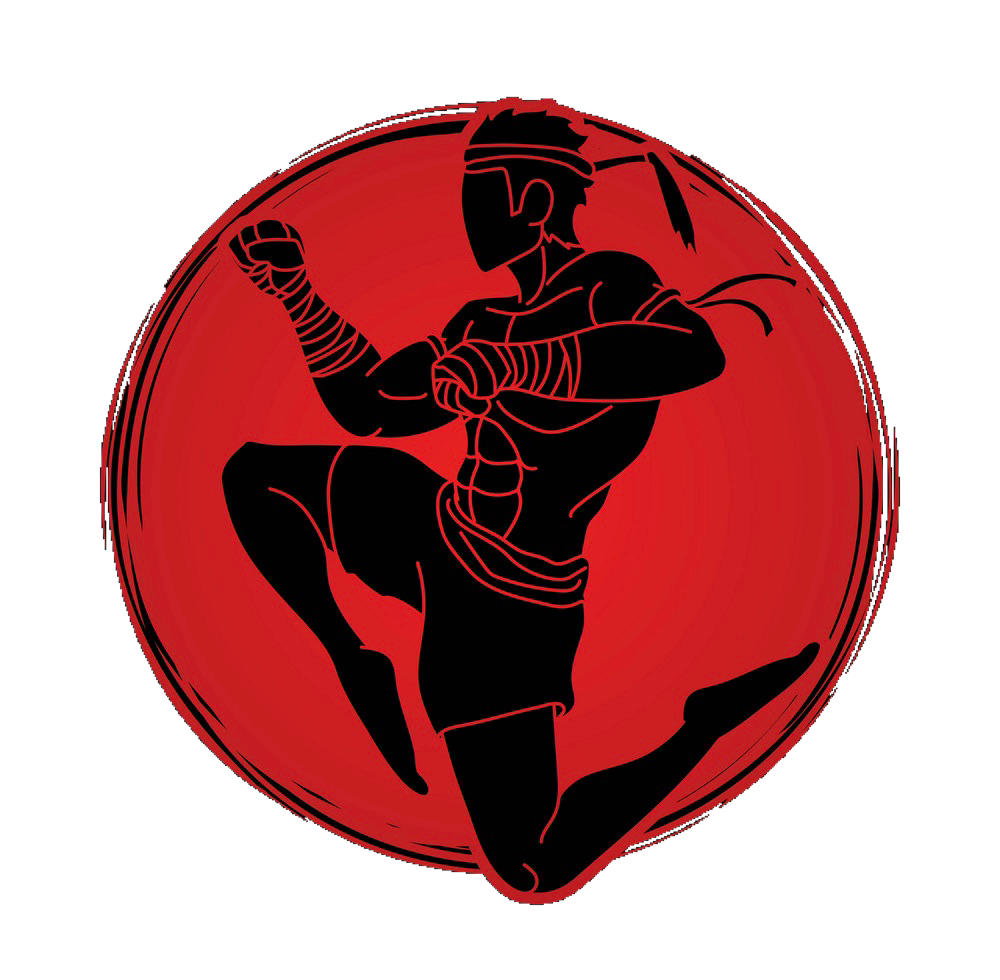
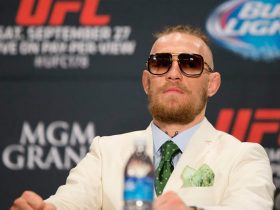
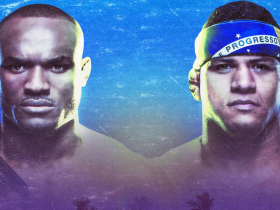
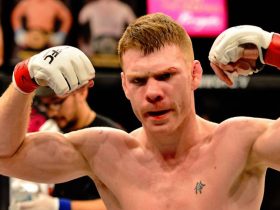
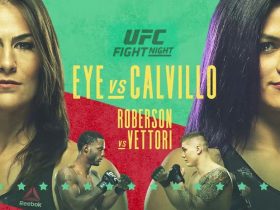
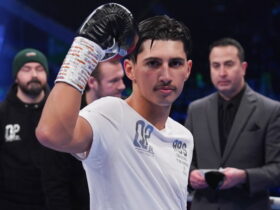
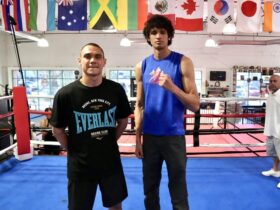
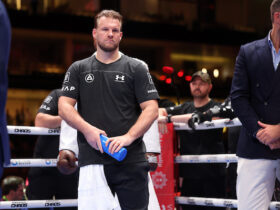
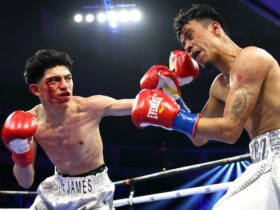
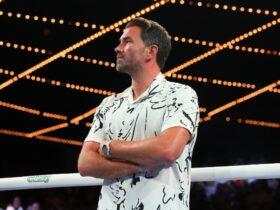

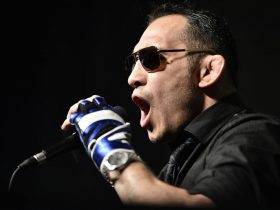
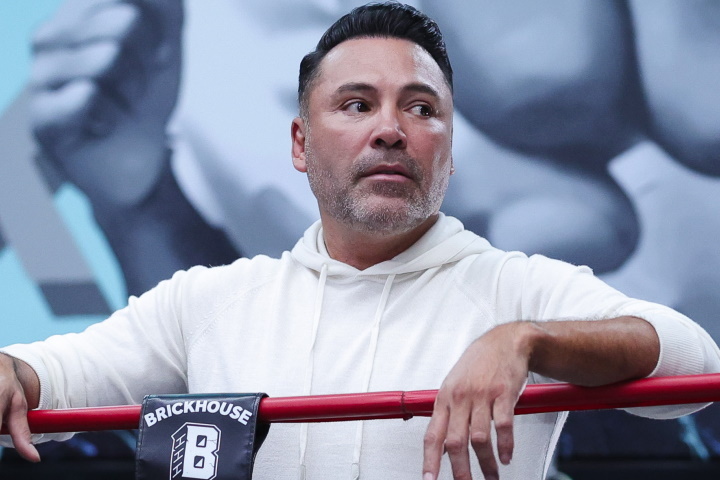
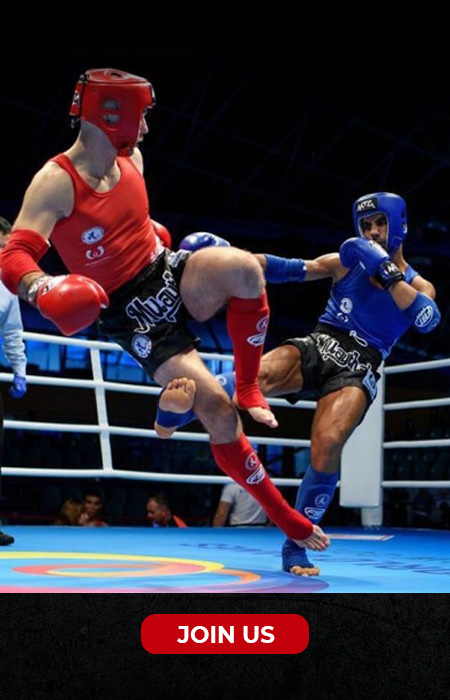
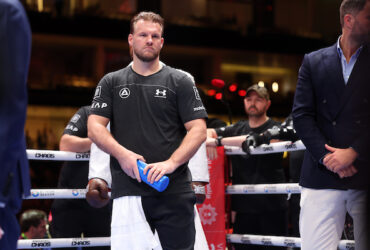
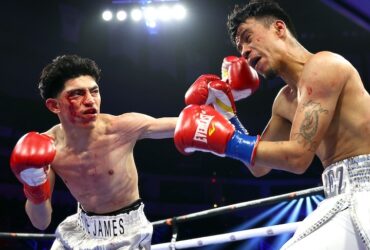
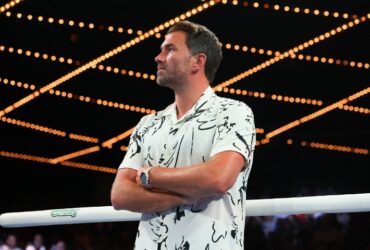
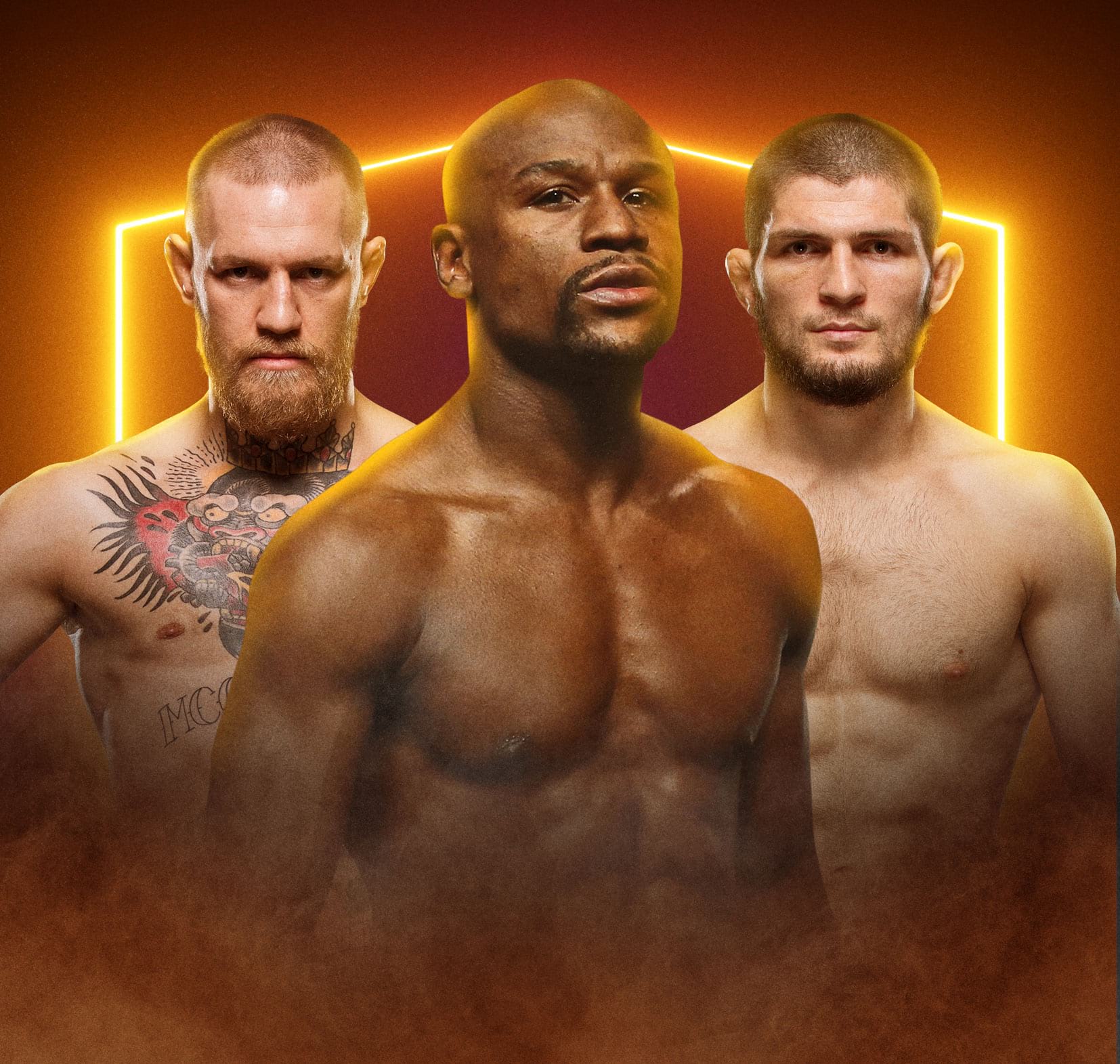
Leave a Reply